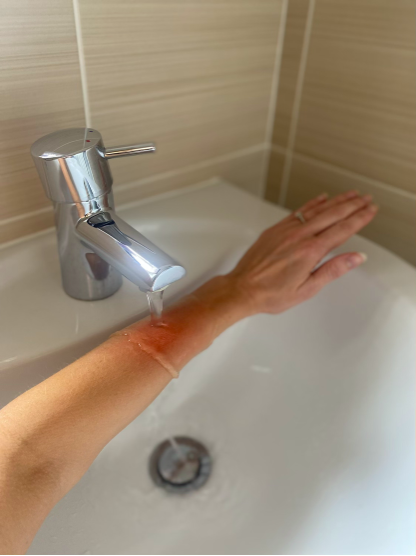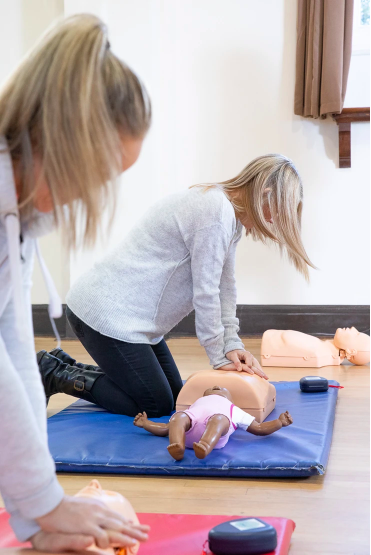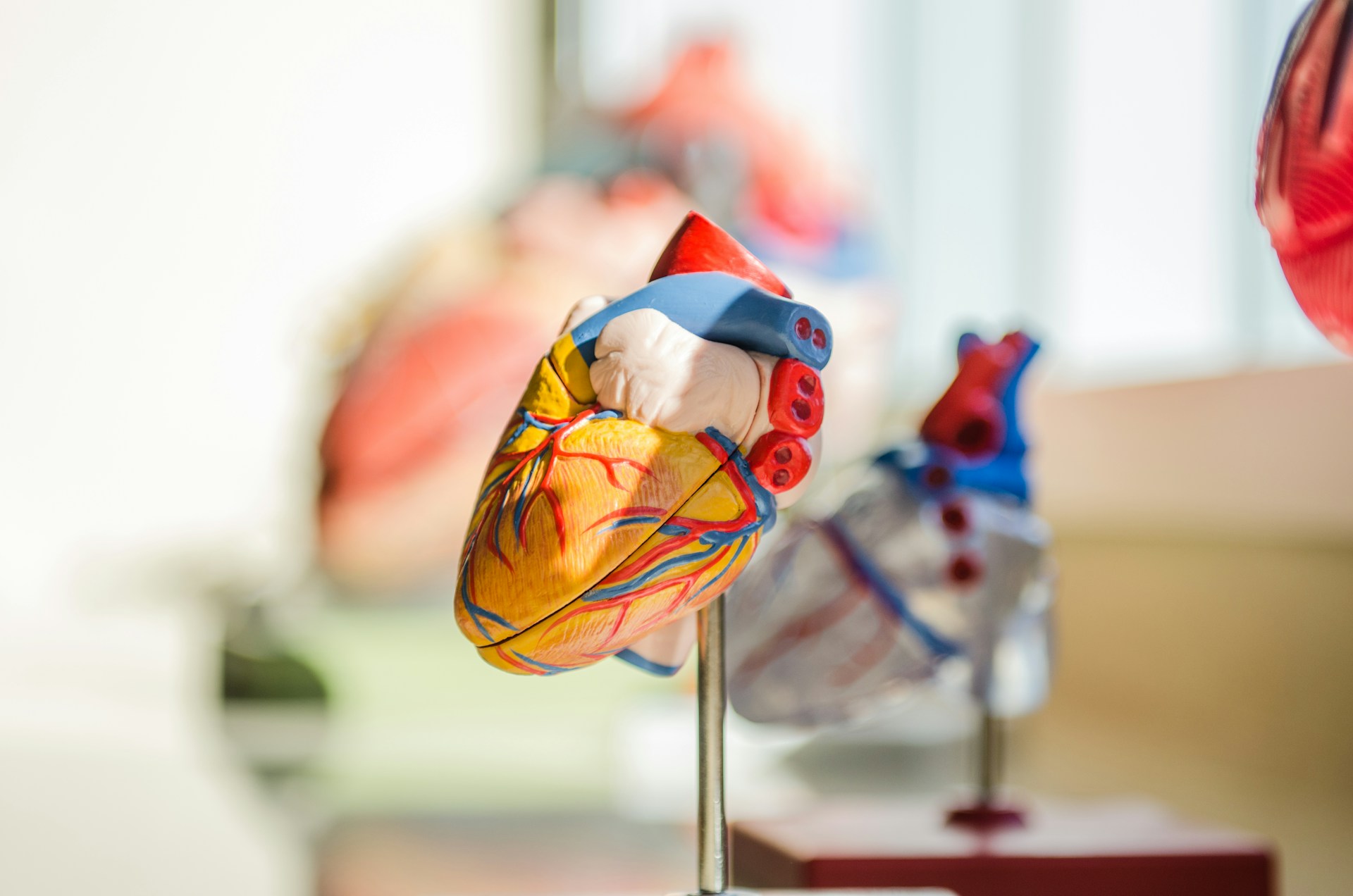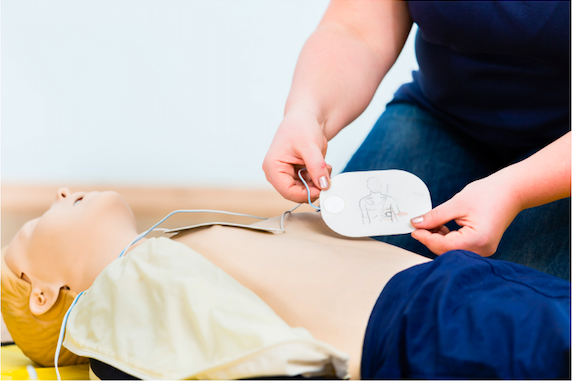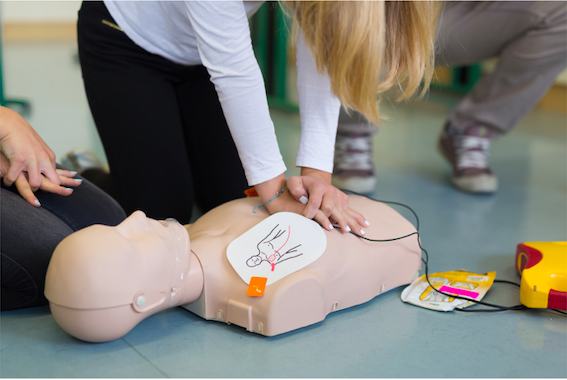We’re well and truly into the winter months now, and with the rush of Christmas and the New Year dying down, you may find you finally have time to focus on smaller, yet equally important, things in your life, such as your first aid kit.
Here are a few things I recommend to help ensure your first aid kit is winter-ready.
Check for expired items
First and foremost, it is essential to regularly check for expired items in your first aid kit. If you’ve been fortunate enough not to use it for a while, adding winter pieces such as blankets and hot packs is the perfect opportunity to give it a thorough review.
Certain items in standard kits require regular checks, including:
- Creams and gels: These often have expiry dates, and using them after these dates can make them less effective or even risky due to chemical imbalances or potential bacterial growth.
- Adhesives: Items with adhesive properties, such as plasters and bandages, can lose their stickiness over time, making them less effective at protecting wounds.
- Disintegration: Supplies like bandages and gloves can degrade over time, potentially rendering them unusable when needed most.
- Loss of sterility: Products such as wound dressings and cleansing wipes can lose their sterility and dry out over time, reducing their effectiveness and potentially increasing infection risks.
To find the expiry date of your first aid kit items, check the product labels. If you cannot locate an expiry date, it may indicate the product doesn’t need one. However, for sterile products without a visible expiry date, it’s best to consult the manufacturer to confirm how long the product remains safe to use.
Restock essential items
There are numerous options for items to include in a first aid kit, which can feel overwhelming. To provide guidance, the Health and Safety Executive (HSE) recommends a suggested minimum content for a workplace first aid kit. This includes:
- A leaflet with general guidance on first aid
- Individually wrapped sterile plasters of assorted sizes
- Sterile eye pads
- Individually wrapped triangular bandages, preferably sterile
- Safety pins
- Large and medium-sized sterile, individually wrapped, unmedicated wound dressings
- Disposable gloves
It is essential to ensure that these items are consistently stocked and readily available in the workplace to meet safety standards and maintain compliance with regulations.
Winter first aid additions
Once your existing supplies are checked and restocked, it’s time to consider winter-specific additions. These include:
Foil blankets
Foil blankets are invaluable for helping to regulate body temperature while waiting for further medical attention. Made from lightweight aluminium and mylar, they trap body heat effectively.
These blankets are commonly used by outdoor enthusiasts, such as hikers and athletes, but they are a fantastic addition to any first aid kit. They can also serve as a signalling device in emergencies, using their reflective surface to improve visibility outdoors.
Cotton blankets
For environments where comfort may be needed to calm someone down and body temperature regulation isn’t needed as urgently, such as in an office environment, a cotton blanket can be a more appealing alternative to foil blankets. The cellular design traps air to provide warmth, while the hemmed edges prevent fraying, so if it is tugged and pulled around it will still keep its shape and do its job.
In addition to providing warmth, a cotton blanket can double as a pillow if folded. This can be used to raise the head to help reduce swelling, pain and pressure inside the skull. This is very important in situations when someone has a minor head injury, adding versatility to your kit.
Instant hot packs
Instant hot packs are versatile and portable, offering immediate warmth when activated by squeezing and gently shaking to mix their contents. While they are often used to ease localised muscle pain, they are also invaluable for providing warmth in cold conditions, particularly when no other heat source is available.
These packs are ideal for outdoor activities such as hiking or workplaces where immediate warmth may be needed. Always ensure a protective barrier is placed between the pack and the skin to avoid burns.
Biohazard Body Spill Disposal Kit
Although the word “biohazard” might sound intimidating, this kit is an essential addition for workplaces, especially during the winter months when colds and viruses are more prevalent.
These single-use kits are designed for safely cleaning and disinfecting areas following incidents involving bodily fluids, such as blood, mucus, urine, or vomit. This helps prevent cross-contamination and ensures compliance with Health and Safety regulations.
A typical biohazard kit includes disinfectant sprays and wipes, clean-up packs, absorbent granules, disposable gloves, aprons, scoops, and biohazard disposal bags. Once used, the kit must be replaced immediately.
Storing your first aid kit correctly
Proper storage is essential to maintain the effectiveness of your first aid kit. Items should be stored in a cool, dry place to prevent damage and degradation.
Your kit should also be easily accessible in case of an emergency. While there are various types of first aid kits, including portable kits, cabinets, bags, and stations, the general rule is to store them securely but within easy reach. It’s also important to keep your kit out of children’s reach.
Refresh your knowledge
At First Class First Aid, my courses are designed to help you feel confident using the contents of your first aid kit. If you or your workplace feel a bit rusty on first aid skills, contact me today at 01603 336329 to discuss how I can help you stay prepared and informed.
Stay safe this winter and ensure your first aid kit is ready for whatever the season brings!
